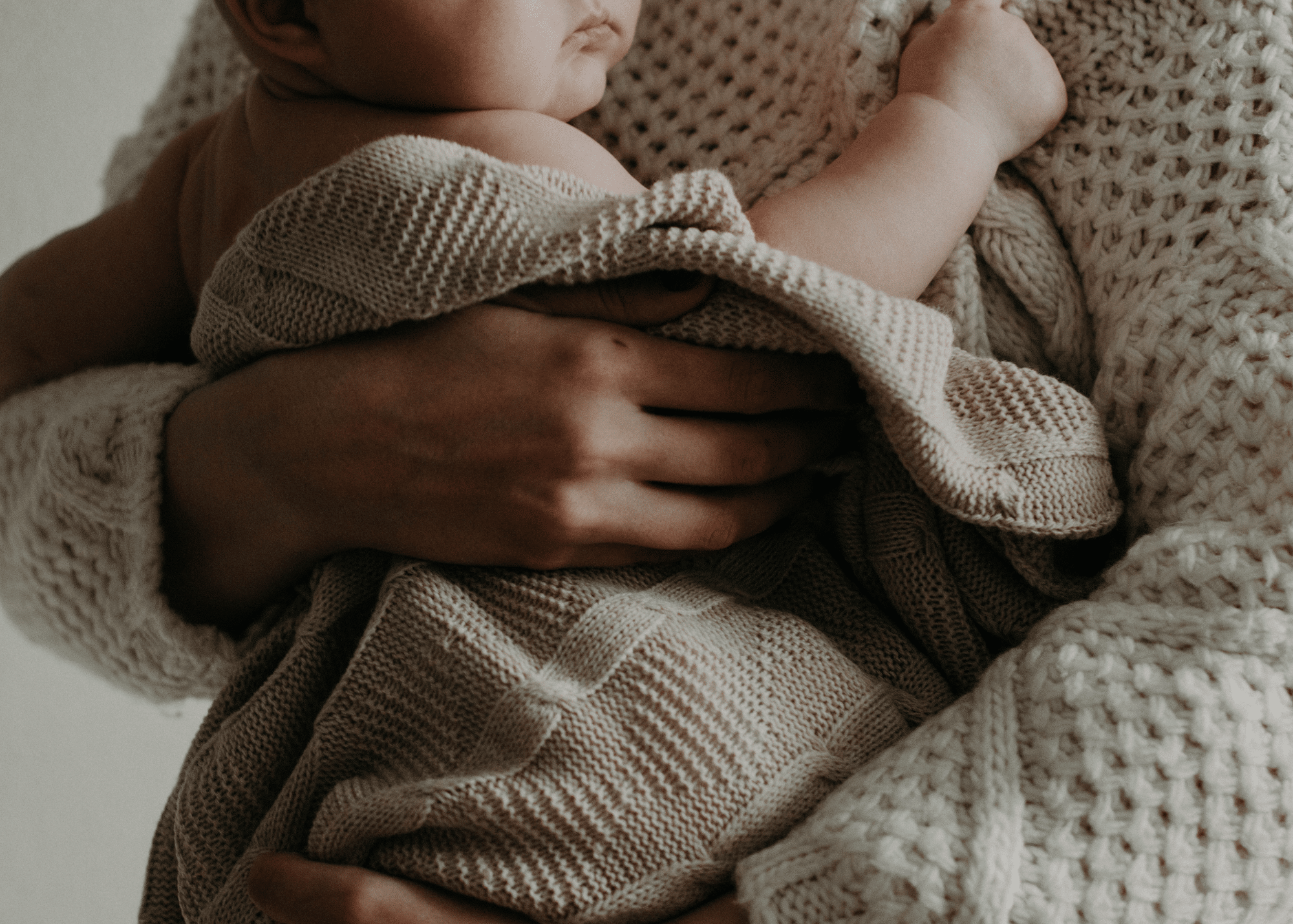When to Seek Treatment for Your Child’s Hives
Did you know 1 in 4 children in the U.S. have allergies such as a seasonal or food allergy, or eczema? As little ones grow and have new experiences, it is common for children to have an allergic reaction from exposure to new foods, animals, or environments. Their exposure to viruses and allergens may trigger a reaction that hasn’t been seen before, such as hives. Knowing the causes and treatments for your child’s hives can reduce worry if your little one experiences an allergic hive reaction.
Causes of Hives in Children & How to Identify a Reaction
Hives are pink, red, or skin-colored bumps, welts, or raised patches that can be incredibly itchy. Hives can appear in various places on the body in sections or isolated to one area. While there are many possible causes of hives in children, including allergies, infections, medications, and more, there may not be a known cause for the reaction.
Hives are typically characterized by:
- Itching, a common first symptom for hives. The rash can also sting, feel hot to the touch, or have a burning sensation.
- The appearance of welts. A welt will show a raised ring that makes the skin look swollen.
- Painful swelling inside the throat, lips, and/or eyes.
- Discomfort.
What to Do if Your Child Breaks Out in Hives
First, consider the severity of hives by assessing your child’s symptoms. Take note of any allergens your child could possibly have been exposed to, along with any medications or supplements they are currently taking. It may also be helpful to take pictures of the affected areas to show your physician.
Hives can be distressing, so try to remain as calm as possible while you make a plan to get help. In the meantime, lying down with a cold wash cloth or applying a hydrocortisone cream can help alleviate your child’s discomfort. If your child has hives and is not experiencing any life-threatening symptoms, Urgent Care for Children’s child hives urgent care can help provide treatment for your little one.
When Are Hives an Emergency?
The urgency of treatment for your children’s hives will depend on whether their symptoms are mild or severe. Here’s a quick guide on how to know when hives are serious and when to see a doctor for hives on your child:
- If Your Child is Having Trouble Swallowing and/or Breathing. It is important to treat children’s hives properly. If your child is experiencing severe symptoms such as mouth swelling, vomiting, fainting, trouble breathing, or other life-threatening symptoms, seek immediate medical attention.
- If the Hives Are Spreading Rapidly. If the hives are spreading rapidly, it may be a sign of a severe allergic reaction which needs immediate attention. It is important to avoid touching anything that previously came in contact with the affected area as much as possible, to avoid re-introducing potential allergens.
- If Something Feels Wrong. No one knows your child better than you do. If your child is experiencing unmanageable discomfort, get medical attention. You’re the parent — trust your gut.
In the event of a medical emergency, Urgent Care for Children recommends calling 911 or visiting your local emergency room. We are NOT able to treat acute traumas, medical emergencies, or life-threatening illnesses.
Visit an Urgent Care for Children Clinic Near You
When you’re asking yourself, “Should I take my child to the doctor for hives?”, know that our conveniently located Urgent Care for Children locations are ready to help your child feel better.
Trust yourself on the care your child needs. You know best, and there’s no reason to let uncertainty linger. Save your spot in line at Urgent Care for Children today.




